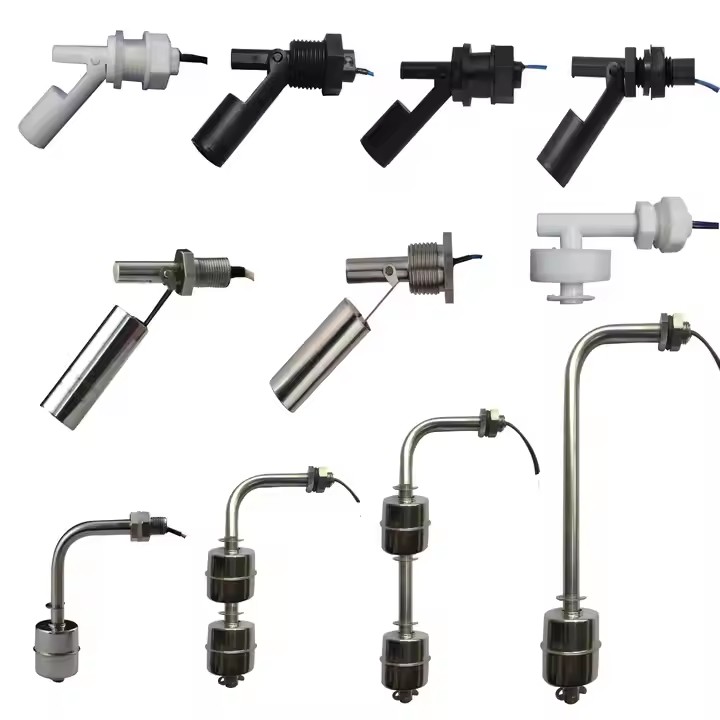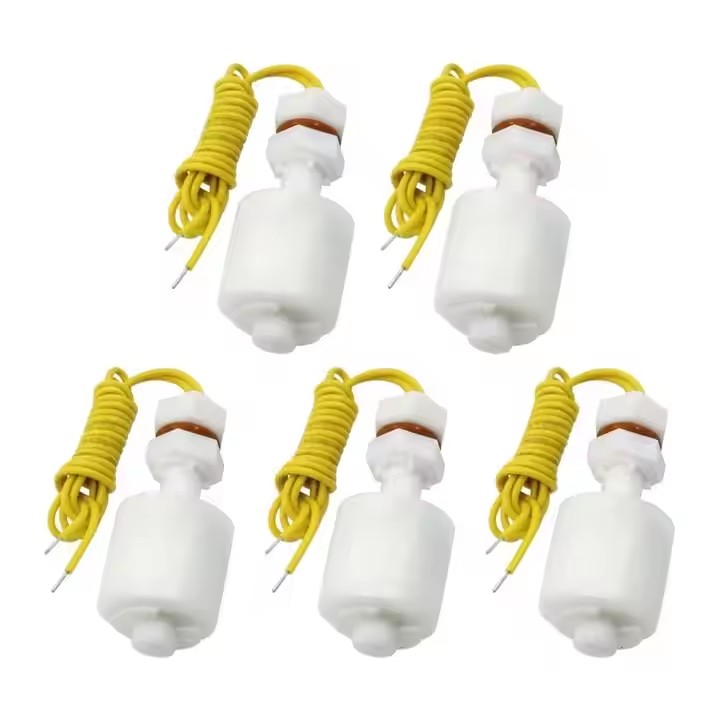Whether you’re managing industrial processes, agricultural systems, or residential water tanks, monitoring liquid levels is crucial for efficiency and safety. One of the most durable and versatile tools for this task is the stainless steel float switch. In this blog, we’ll explore how these devices work, their applications, and why they’re a top choice for many industries.
What Is a Stainless Steel Float Switch?
A stainless steel float switch is a mechanical or electronic device designed to detect and control liquid levels in tanks, reservoirs, or other containers. It consists of a hollow float (usually made of stainless steel) attached to a lever or stem, which triggers a switch mechanism when the liquid rises or falls to a specific level.
Key Components:
- Float: The buoyant stainless steel component that moves with the liquid.
- Switch Mechanism: Converts the float’s movement into an electrical signal (e.g., opening/closing a circuit).
- Stainless Steel Housing: Resists corrosion, making it ideal for harsh or corrosive environments.
How Does It Work?
The principle is simple yet effective:
- Float Movement: As the liquid level changes, the float rises or falls.
- Switch Activation: The movement triggers the internal switch to open or close an electrical circuit.
- Signal Output: This action can activate alarms, pumps, valves, or automated systems to maintain desired liquid levels.
Applications of Stainless Steel Float Switches
Stainless steel float switches are used across industries due to their durability and reliability. Here are some common uses:
1. Water and Wastewater Management
- Monitor water levels in tanks, wells, or sewage systems.
- Activate pumps to prevent overflow or dry running.
2. Industrial Processes
- Control coolant levels in machinery.
- Manage chemical storage tanks in manufacturing.
3. Agriculture
- Automate irrigation systems.
- Regulate water levels in livestock troughs.
4. Food and Beverage
- Stainless steel’s hygienic properties make it ideal for food-grade applications (e.g., dairy, brewing).
5. Oil and Gas
- Monitor fuel or oil levels in storage tanks.
Why Choose Stainless Steel?
Stainless steel float switches stand out for several reasons:
✅ Corrosion Resistance: Perfect for harsh, acidic, or salty environments.
✅ Durability: Withstands high temperatures and pressures.
✅ Hygienic: Easy to clean and non-reactive, ideal for food and medical uses.
✅ Long Lifespan: Minimal maintenance required compared to plastic alternatives.
Installation Tips
- Positioning: Mount the switch vertically or horizontally, depending on the tank design.
- Avoid Obstructions: Ensure the float moves freely without interference from walls or debris.
- Regular Checks: Inspect for mineral buildup or damage in corrosive environments.



